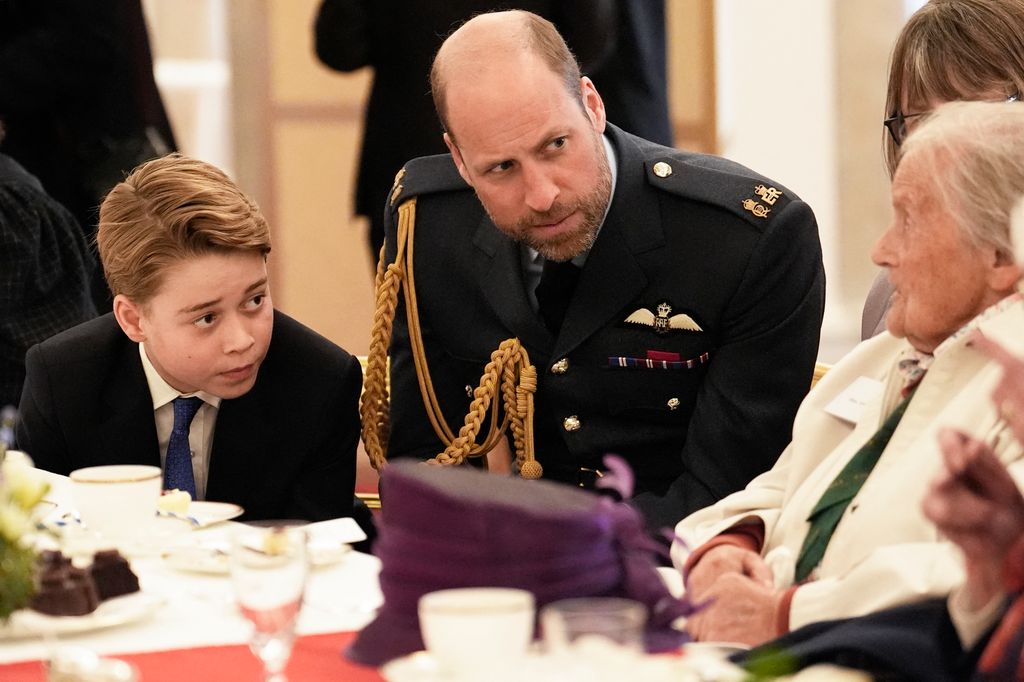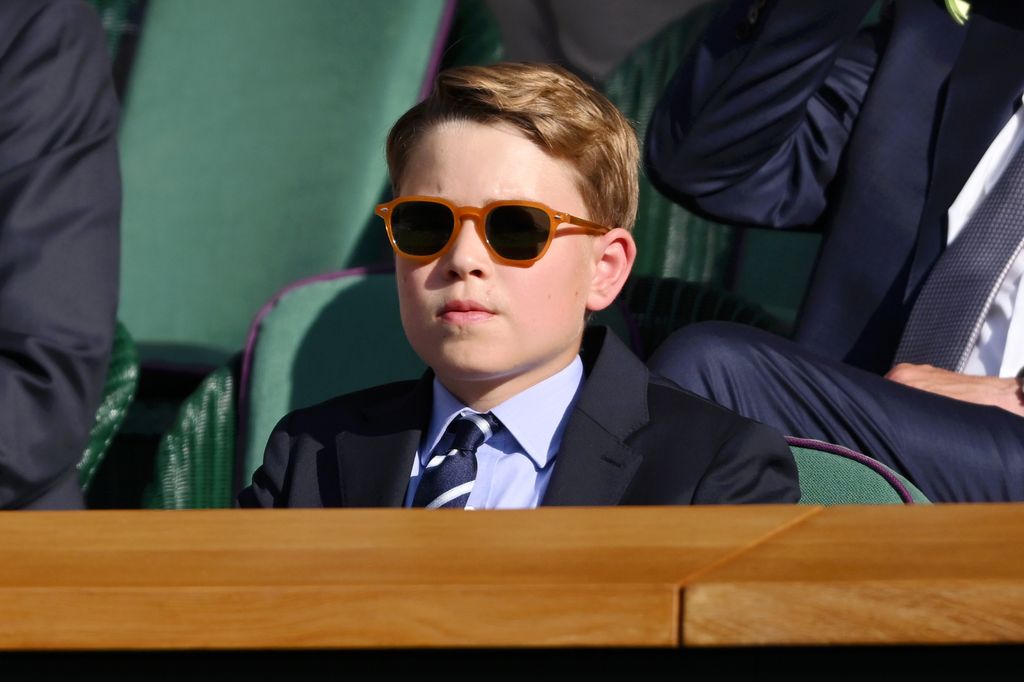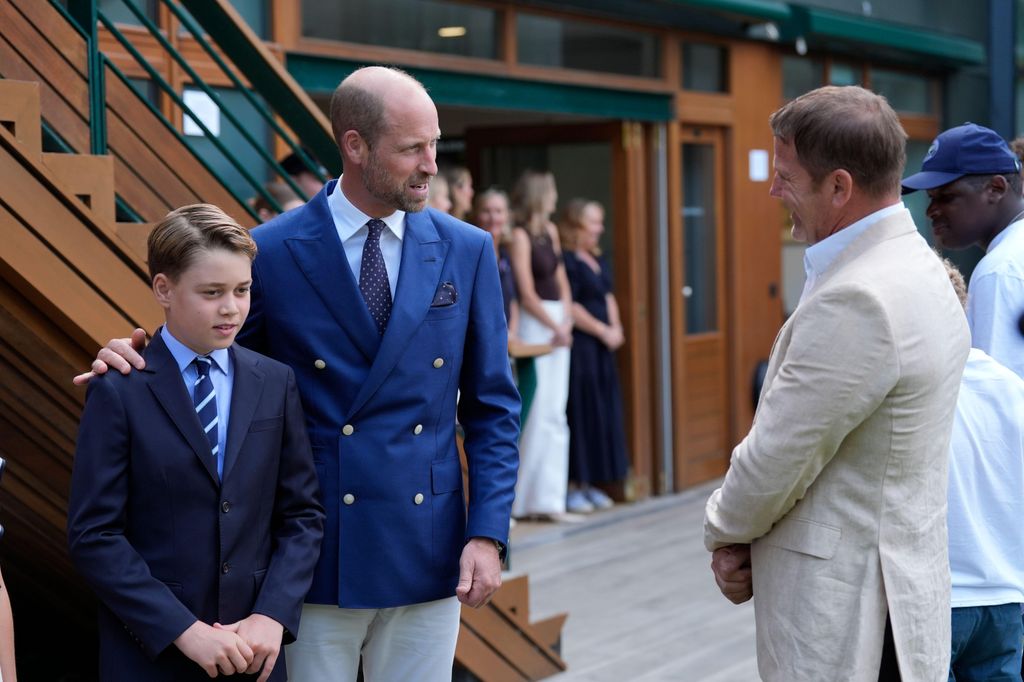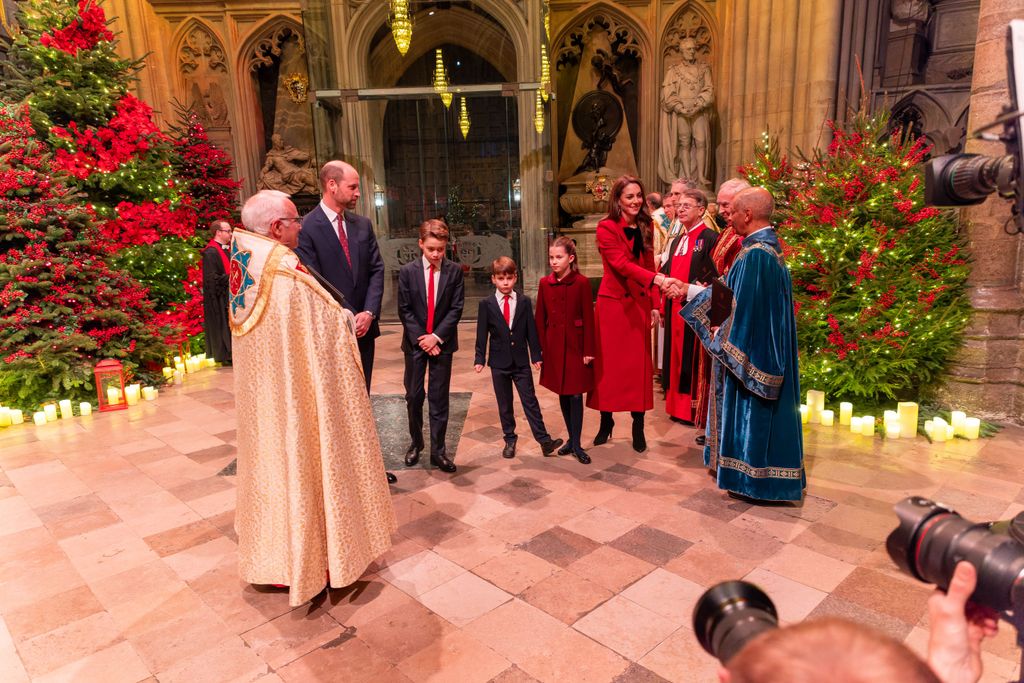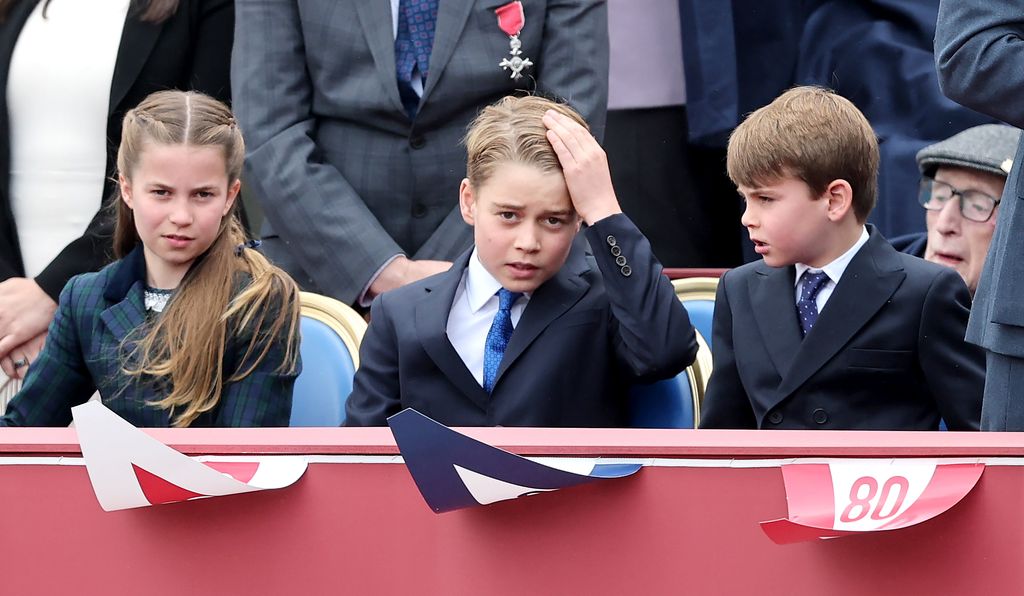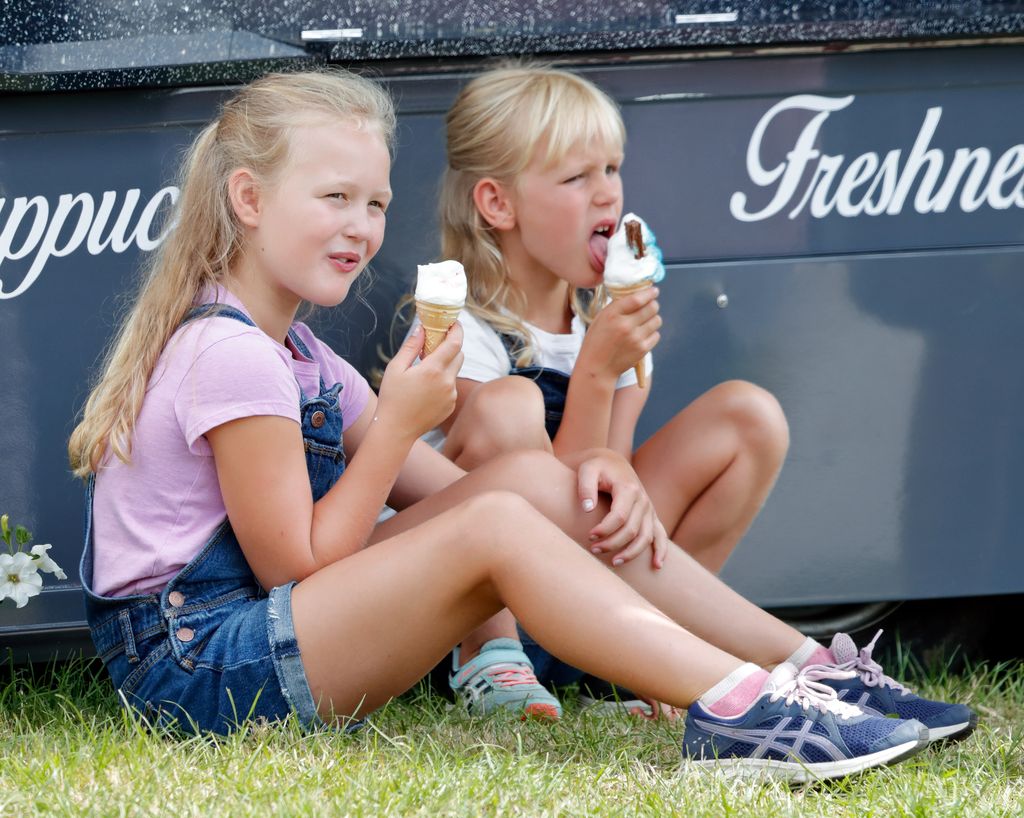Whilst the Prince and Princess of Wales in large part elevate their youngsters in personal, their outings as a circle of relatives of 5 be offering glimpses into the type of other folks Prince George, Princess Charlotte, and Prince Louis are blossoming into.
Staring at the royal youngsters on events comparable to Trooping the Color and the Christmas walkabout provides insights into the trio’s bond – and the way, to an extent, their place within the circle of relatives determines how they act.
With Prince George taking over a significant first previous this yr together with his first attendance at a tea birthday party marking VE Day, it sort of feels his function as a large brother, during which he’s noticed environment an instance for his siblings, is beginning to tell the chief he’ll someday change into.
HELLO! spoke to Swift Psychology’s youngster and adolescent therapist, Laura Gwilt, to learn the way George’s place amongst his siblings might align together with his function as William’s inheritor.
A king within the making
“Analysis is obvious that start order isn’t a hard and fast determinant of behaviour, with temperament, parenting taste and lifestyles reports enjoying similarly necessary roles,” Laura tells us.
“Even so, large-scale research have discovered constant patterns that may be offering helpful perception into how circle of relatives roles might expand. Within the royal family, those patterns are layered with further influences comparable to public lifestyles, custom and, in terms of the Wales youngsters, the historical ‘inheritor and spare’ difference.
“This mix can subtly form how every youngster reports their function throughout the circle of relatives.”
In the case of 12-year-old Prince George, his place because the eldest and long run inheritor will concurrently form the individual he’s.
“[George] might develop up with a heightened sense of accountability. Analysis into start order constantly reveals that first-borns frequently undertake a role-model place inside of their circle of relatives, showing upper conscientiousness and management inclinations,” Laura explains.
“In a public-facing circle of relatives, those qualities may also be strengthened via an consciousness of the expectancy to ‘set the usual’. This will foster self assurance and adulthood, but in addition build up the force to satisfy perceived responsibilities.
How are Charlotte and Louis’ positions other?
By contrast, Laura says that, as the center youngster, Princess Charlotte’s function is much less outlined, so she may just change into adaptable and extra socially perceptive. In the meantime, youngest siblings are often related to creativity, sociability and humour – one thing Louis without a doubt has in abundance!
Although Prince George’s outings are restricted at this age and, most commonly, contain either one of his siblings, through the years, he’ll begin to tackle tasks that get ready him for the long run.
“In households with a obviously outlined trail for one youngster, as with an inheritor, contrasts between siblings can change into sharper,” Laura says.
“The inheritor’s trajectory provides construction and visibility however brings scrutiny. Siblings might revel in better freedom to form their very own identities, even though with much less simple task about their roles. Analysis on hierarchical and high-profile households suggests this mixture can foster resilience and self-direction, equipped every youngster’s contribution is recognised and valued in its personal proper.”
Two-child households
The Wales circle of relatives dynamic may just range from a circle of relatives like Peter Phillips’, the place he has simply two youngsters, Savannah and Isla, and even Prince Harry and Meghan Markle’s two-child circle of relatives.
“In households with most effective two youngsters, the diversities between first-born and second-born may also be extra pronounced,” Laura tells us.
“The eldest might tackle a extra setting up or guiding function, whilst the more youthful might compete at once or intentionally select a special trail to determine their very own id.”

